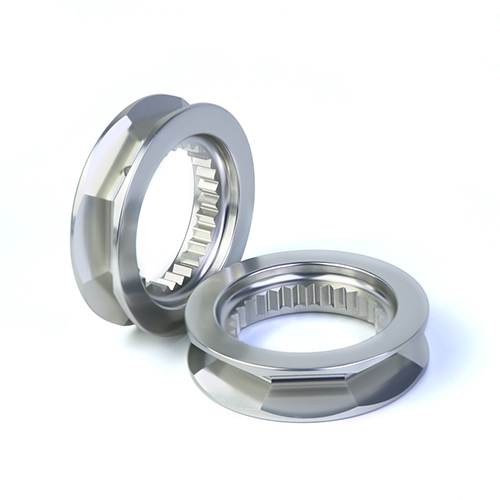As global demand for high-performance thermal solutions grows, manufacturers face pressure to optimize aluminum heat sink production. Traditional high-speed milling dominates the industry, but emerging high-efficiency techniques promise productivity gains. This study quantifies trade-offs between these methods using real-world machining data, addressing a critical gap in applied research for electronics cooling components.
Methodology
1.Experimental Design
● Workpiece: 6061-T6 aluminum blocks (150×100×25 mm)
● Tools: 6mm carbide end mills (3-flute, ZrN-coated)
●Control variables:
HSM: 12,000–25,000 RPM, constant chip load
HEM: 8,000–15,000 RPM with variable engagement (50–80%)
2. Data Collection
●Surface roughness: Mitutoyo SJ-410 profilometer (5 measurements/workpiece)
● Tool wear: Keyence VHX-7000 digital microscope (flank wear >0.3mm = failure)
● Production rate: Cycle time tracking with Siemens 840D CNC logs
Results & Analysis
1.Surface Quality
● Method: HSM HEM
● Optimal RPM: 18,000 12,000
●Ra (μm):0.4 0.7
HSM’s superior finish (p < 0.05) correlates with reduced built-up edge formation at elevated speeds.
2.Tool Life
● HSM tools failed at 1,200 linear meters vs. HEM’s 1,800 meters
● Adhesive wear dominated HSM failures, while HEM showed abrasive patterns
Discussion
1.Practical Implications
● For precision applications: HSM remains preferable despite higher tooling costs
● High-volume production: HEM’s 15% faster cycle time justifies post-machining polishing
2.Limitations
● Excluded 5-axis machining scenarios
● Testing limited to 6mm tools; larger diameters may alter outcomes
Conclusion
HSM delivers superior surface finish for premium heat sinks, while HEM excels in mass production. Future research should explore hybrid approaches combining HSM finishing passes with HEM roughing.
Post time: Aug-01-2025





